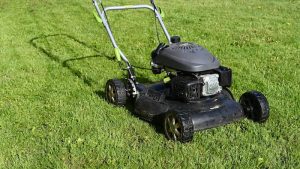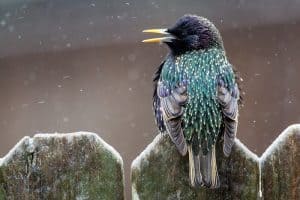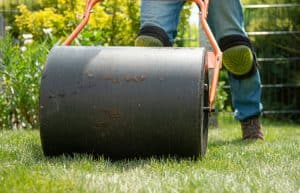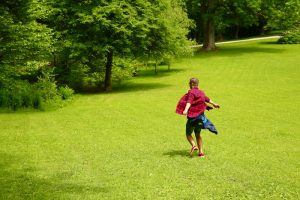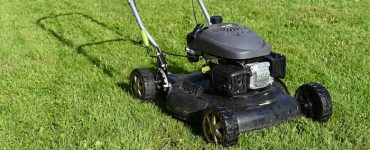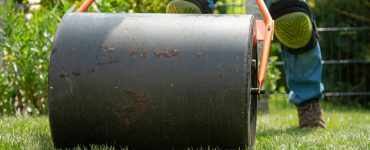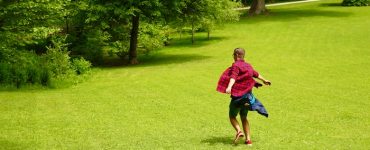Wasps are beneficial insects that can play an important role in your garden. They are attracted to sweet things, like flowers, and will help to pollinate them. They also eat small bugs, helping to control plant pests. Unfortunately, wasps can also be a nuisance. They are attracted to yellow and white flowers and can build nests on lawns. If you see wasps flying around your yard, it is best to get rid of them before they build a nest.
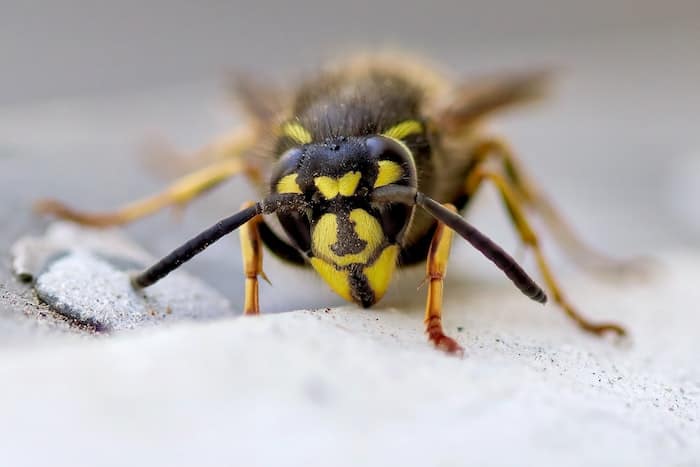
What Drives Wasps to Nest on Lawns?
Wasp populations have been on the rise over the past few years, and there are several reasons for this. Mainly, wasps are attracted to areas that provide food and shelter. Additionally, some people may be inadvertently encouraging wasp populations by leaving food out in their yards. Here are 6 things that drive wasps to nest on lawns:
Warm Temperature
Warmer temperatures can drive wasps to nest on lawns. This is because the wasps need a warm place to live and lay their eggs. When the weather gets too cold, the wasps will leave their nests and search for warmer places to live.
Food
The wasps are attracted to the food sources and spread the pollen, which causes the plants to flower more and produce more food. This attracts more wasps, who in turn lay eggs and create a cycle of increasing abundance on the lawn.
Hospitable Environment
Hospitable environment can drive wasps to nest on lawns because they find the area attractive and safe. Wasps are attracted to flowers, fruits, and other sources of nectar and lawns provide a consistent source of food and water for wasps, which can help them reproduce quickly.
How to Deal with Wasps in Your Lawn
There are a few things that homeowners can do to deal with wasps in their lawn. One natural predator that homeowners can use to take care of wasps is starlings. Birds like Starlings are attracted to the nests of wasps, and once they find the nest they will peck at the eggs until they hatch, which will then kill the wasps.
Other methods that homeowners can use to get rid of wasps are by using insecticide or using traps. Insecticide should be used sparingly as it may also harm other organisms in the environment. Traps should be placed near the nests, and when a wasp is caught in the trap it will die.
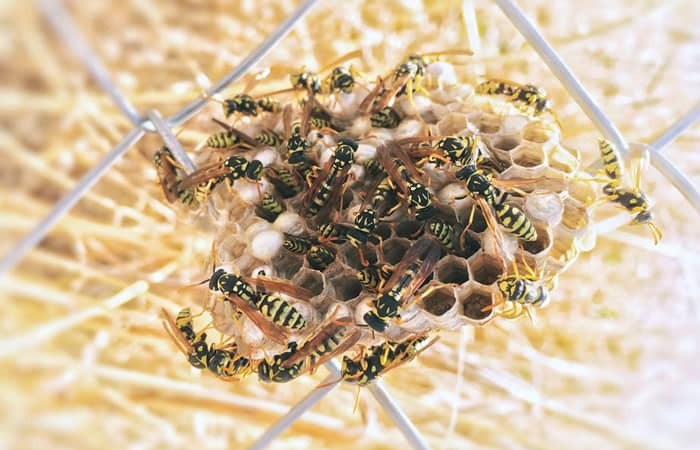
Ways to Reduce Wasps in Your Lawn
If you’re experiencing an increase in wasps, there are a few things you can do to reduce their numbers. Here are five ways to get started:
Remove Any Food Sources Like Pet Food or Bird Feeders
There are a number of reasons why removing food sources will reduce wasps in your lawn. First, eliminating food will make it harder for the wasps to find sustenance. Second, wasps prefer to nest near food sources, so removing those sources will help to reduce the population. Finally, wasps are attracted to things that smell like food, and removing food sources will make your lawn smell less appetizing to them.
Remove Any Dead or Decaying Plants and Flowers
One of the ways to deter wasps from constructing their nests in your lawn is to remove any dead or decaying plants and flowers. These plants provide food for the wasps, and by removing them, you make it more difficult for them to find sustenance. Additionally, wasps are fond of the smell of rotting vegetation, so this will also discourage them from establishing nests in your lawn.
Seal All Cracks and Crevices Around Your Home and Yard
Seal all cracks and crevices around your home and yard to reduce wasps in your lawn. Wasps are drawn to openings in homes and yards where they can enter and deposit their eggs. Closing these openings will reduce the number of wasps in your area and may help control the population.
Keep Trash Cans Tightly Sealed
The most obvious reason why keeping trash cans tightly sealed will reduce wasps in your lawn is that if the trash can is not accessible to wasps, they will not be able to find food. Additionally, wasps are attracted to odors and chemicals, so if there are no smells coming from the can, they will not be able to find food or a place to nest.
Is Wasp Sting Dangerous?
Wasp stings can be mildly irritating and may cause a few minutes of pain, but they are not particularly dangerous. Depending on the species of wasp, their venom could cause inflammation and localised pain, but rarely is any serious injury or death caused by a wasp sting.
Treatment for Wasp Sting
There are many treatments available for WASP stings, depending on the severity of the sting and the individual’s symptoms. Mild cases may only require a cool compress to relieve the pain and itching. More severe cases may require an injection of an anti-venom, oral analgesics, or steroid injections. Patients should always consult with a healthcare professional after being stung, as the treatment chosen may depend on the individual’s symptoms and medical history.
Conclusion
In conclusion, wasps are a common sight on lawns because they are attracted to sweet smells. They can also be helpful in controlling pests, and their numbers can vary depending on the region. Keep an eye out for wasps and do what you can to keep them away from your property, or use a method of pest control that works best for you.


